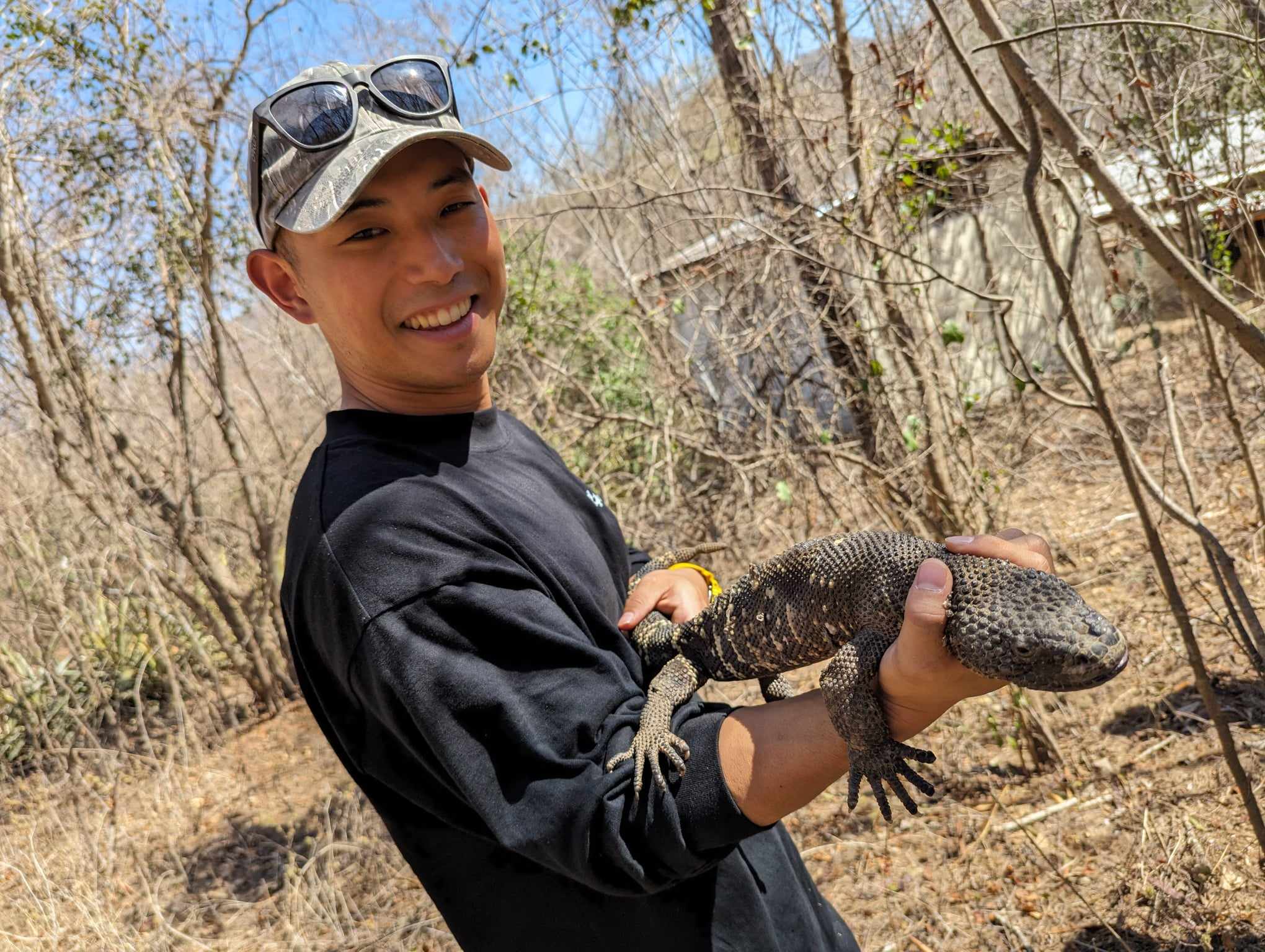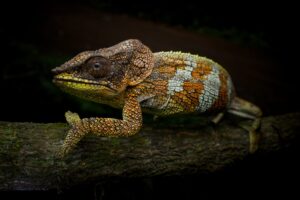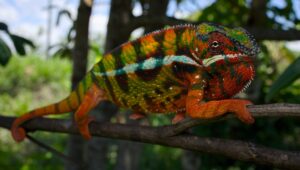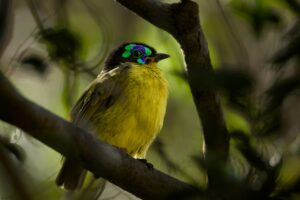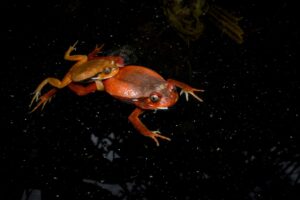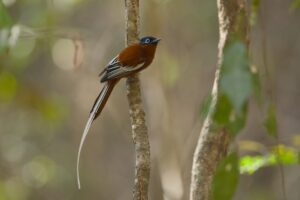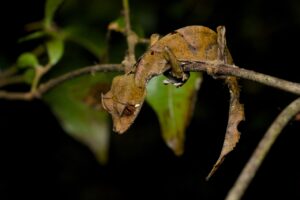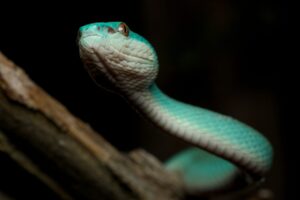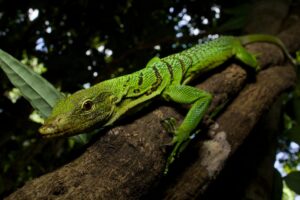We conducted a herping survey on Takara-jima, reached after approximately 13 hours by boat from Kagoshima Port. Our primary targets were the Tokara pit viper (Protobothrops tokarensis) and the Takara gecko (Gekko takaraensis), both endemic to Takara-jima and neighboring Ko-Takara-jima. However, we observed a variety of other reptiles, amphibians, and invertebrates, so here we present a summary of the fauna of the Tokara Islands.

Tokara pit viper (Protobothrops tokarensis)
The main target of this survey, the Tokara pit viper, is endemic to Takara-jima and Ko-Takara-jima. Being nocturnal, it was observed immediately after nightfall. We recorded a considerable number of individuals, successfully observing both black and white color morphs. They inhabit various microhabitats such as pandanus trees, roadside ditches, and forest floors, making them potentially present anywhere on the island. Intermediate color morphs reportedly exist, though we did not encounter any.
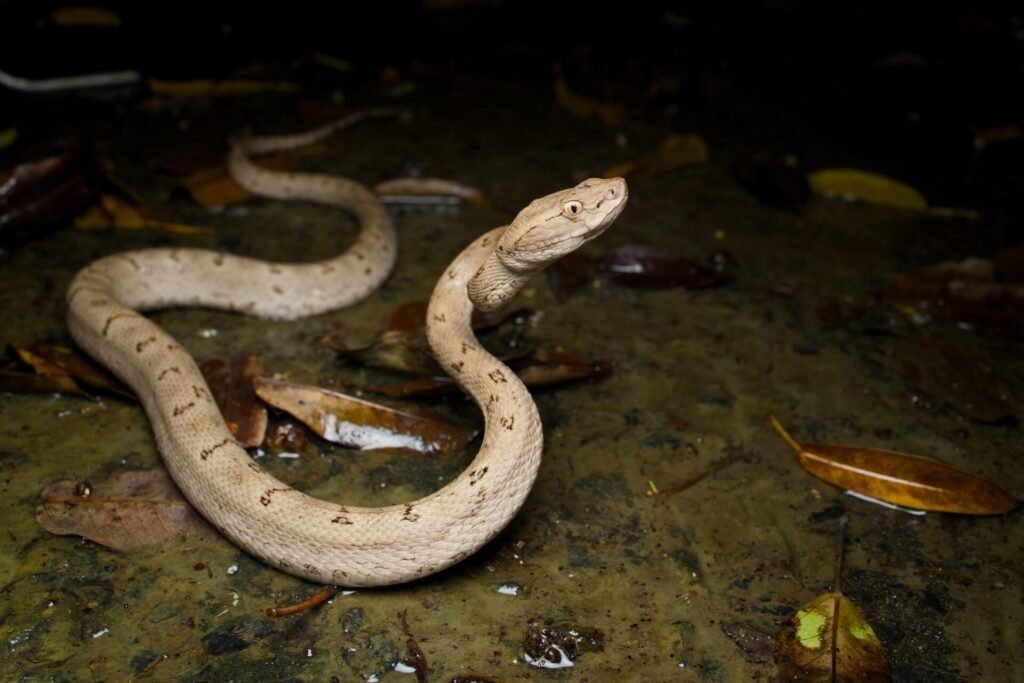
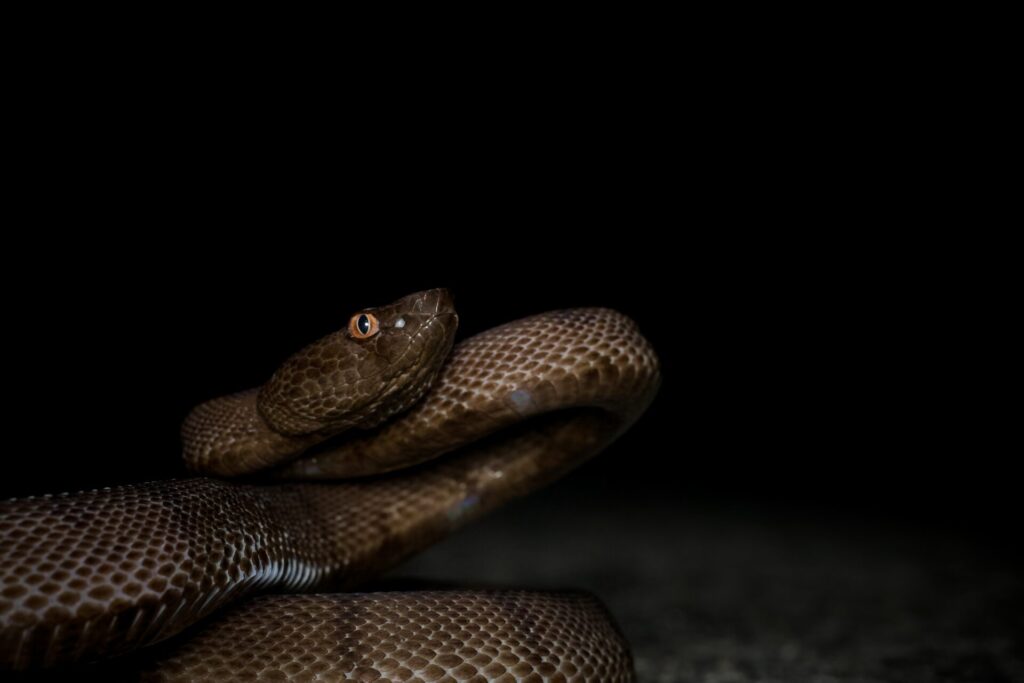
Takara gecko (Scientific name: Gekko takaraensis)
This gecko is arguably the most iconic reptile of Takara-jima. Within 10 minutes of arriving on the island, we encountered individuals on the road during our walk to the accommodation. Their characteristic yellowish lower lips and relatively large size compared to the common house geckos make them extremely charming. They were widespread but particularly abundant around pandanus trees.
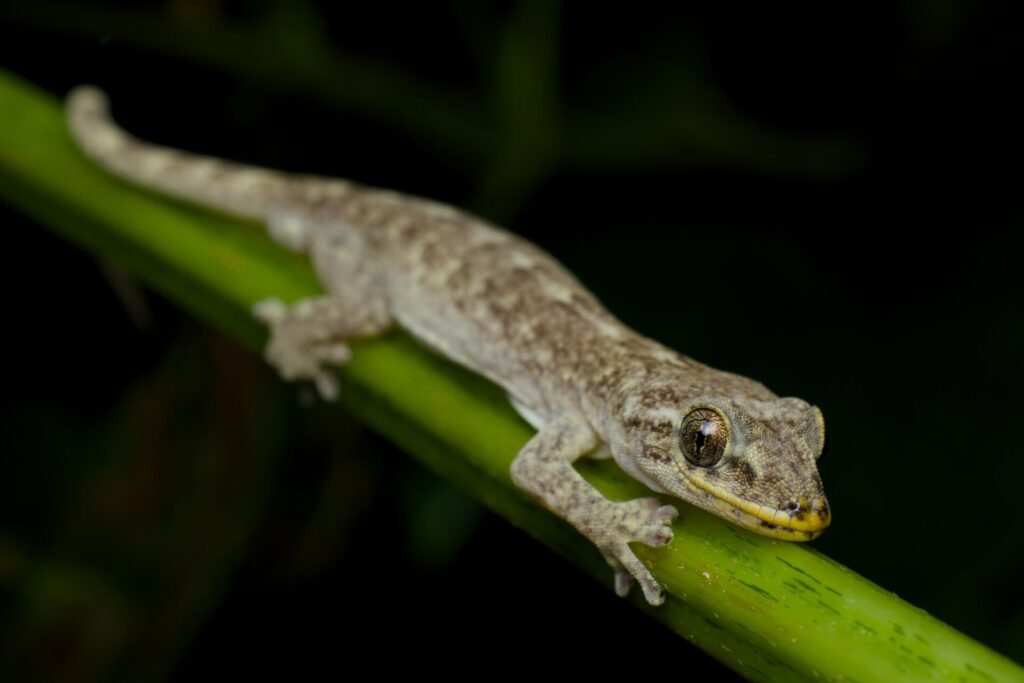
Ryukyu green snake (Scientific name: Cyclophiops semicarinatus)
Three main color morphs were observed: green, brown, and striped. This species is specialized in feeding exclusively on earthworms, indicating a rich earthworm population on the island. Individuals were active both during the day and at night, and roadkill specimens were frequently encountered.
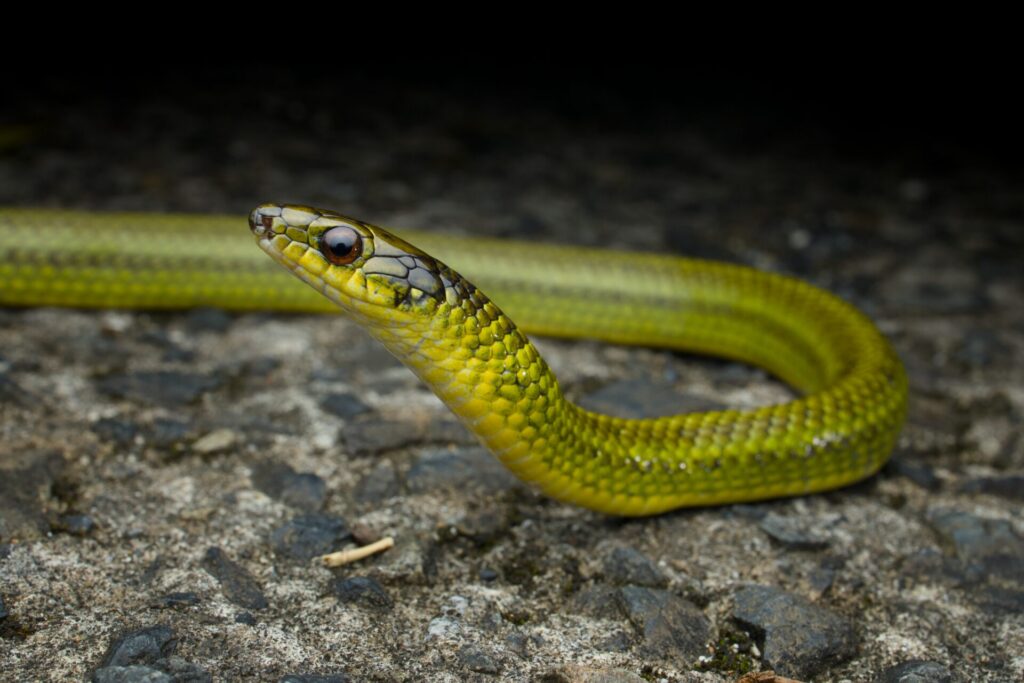
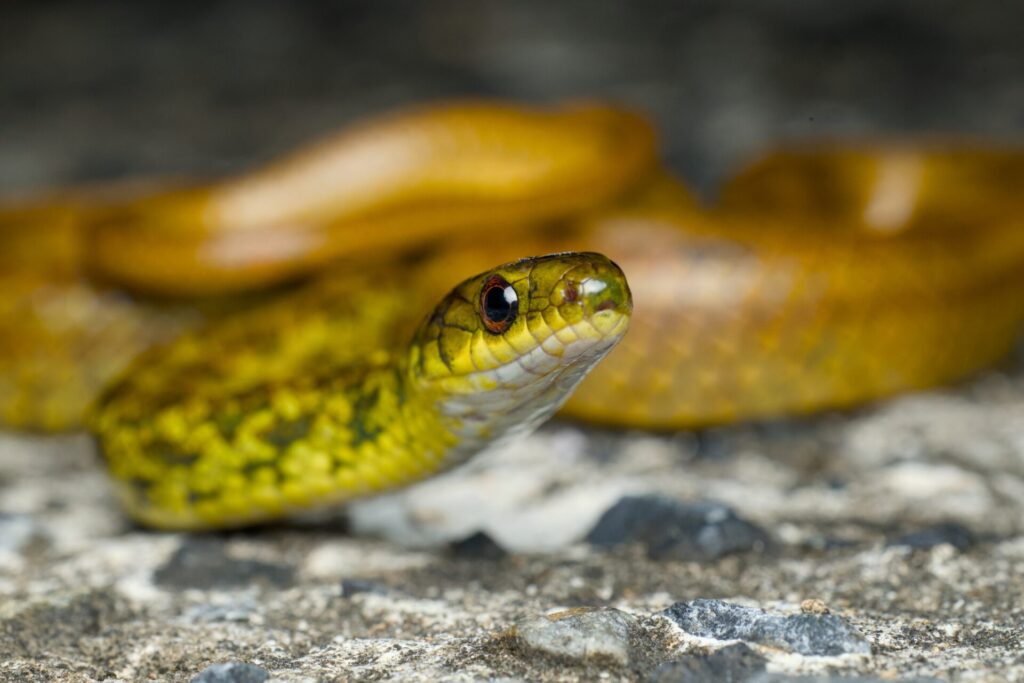
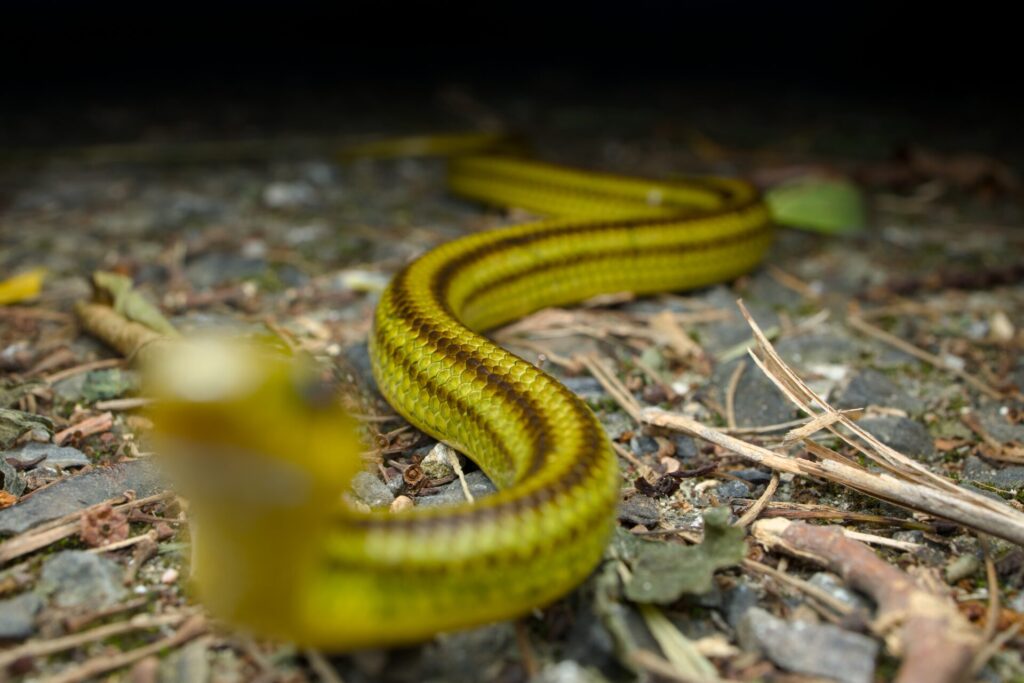
Blind snake (Scientific name: Indotyphlops sp.)
Although we initially captured one specimen, it escaped while we were preparing the camera due to light rain. Unfortunately, we could not document it photographically.
Ryukyu kajika frog (Scientific name: Buergeria japonica)
The only amphibian on the island. Despite the scarcity of aquatic habitats, males were actively calling for females in even small water collections such as roadside ditches, seepages from hillsides, and puddles. Numerous tadpoles were also observed in these limited water sources. Such marginal habitats may be used for oviposition, though they seem suboptimal for larval development. These microhabitats also attract pit vipers preying on frogs, forming small ecological hotspots.
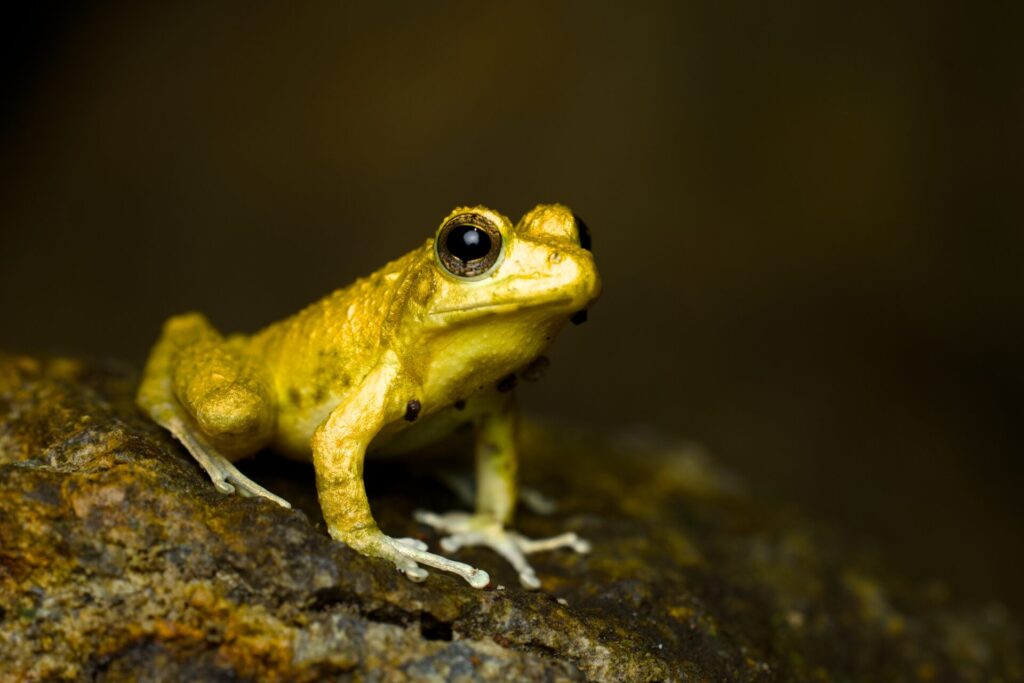
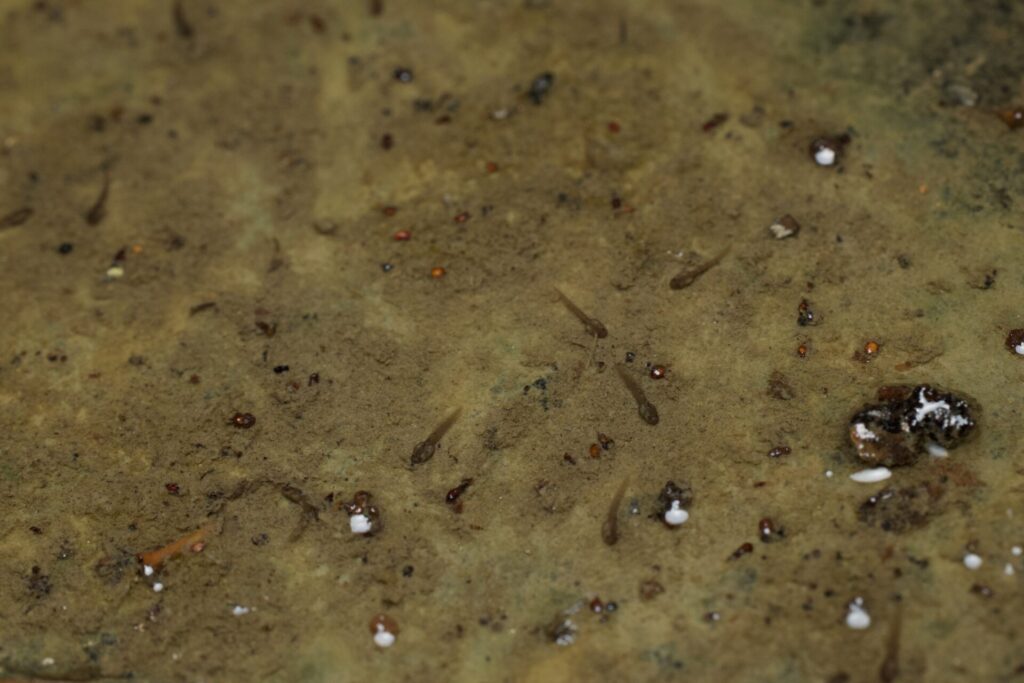
Oshima skink (Scientific name: Plestiodon oshimensis)
During the day, rustling sounds along paths often indicated the presence of these skinks. Their relatively large size and quick movements made photographing them a significant challenge.
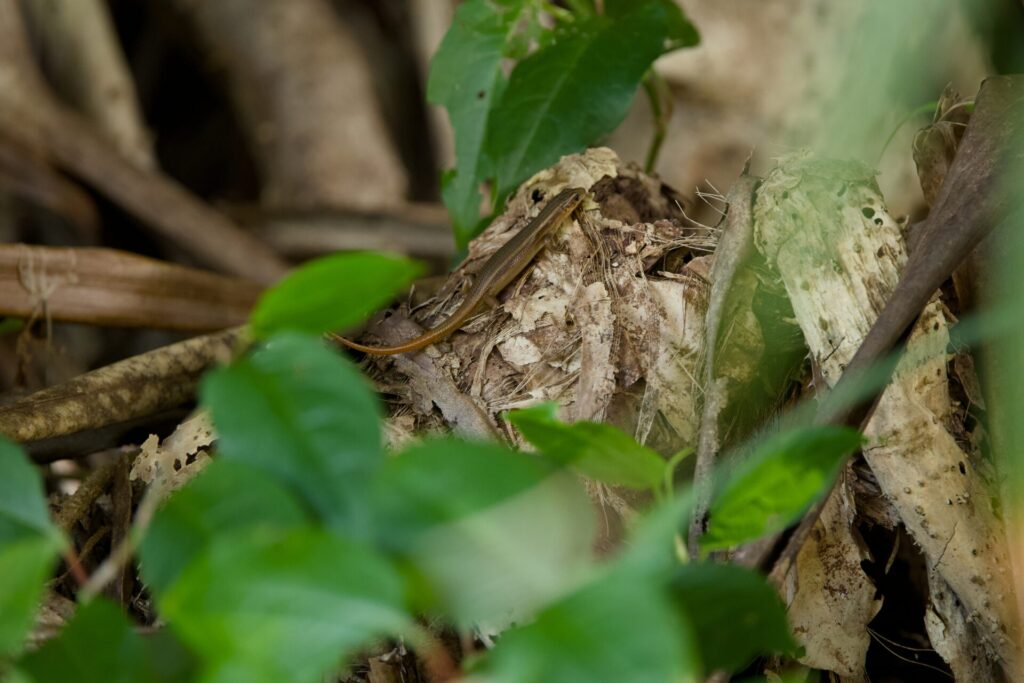
Okinawa green glass lizard (Scientific name: Takydromus smaragdinus)
Individuals were observed sunbathing during the day. Close inspection often revealed additional individuals on leaves in the same location, making their microhabitat use particularly interesting.
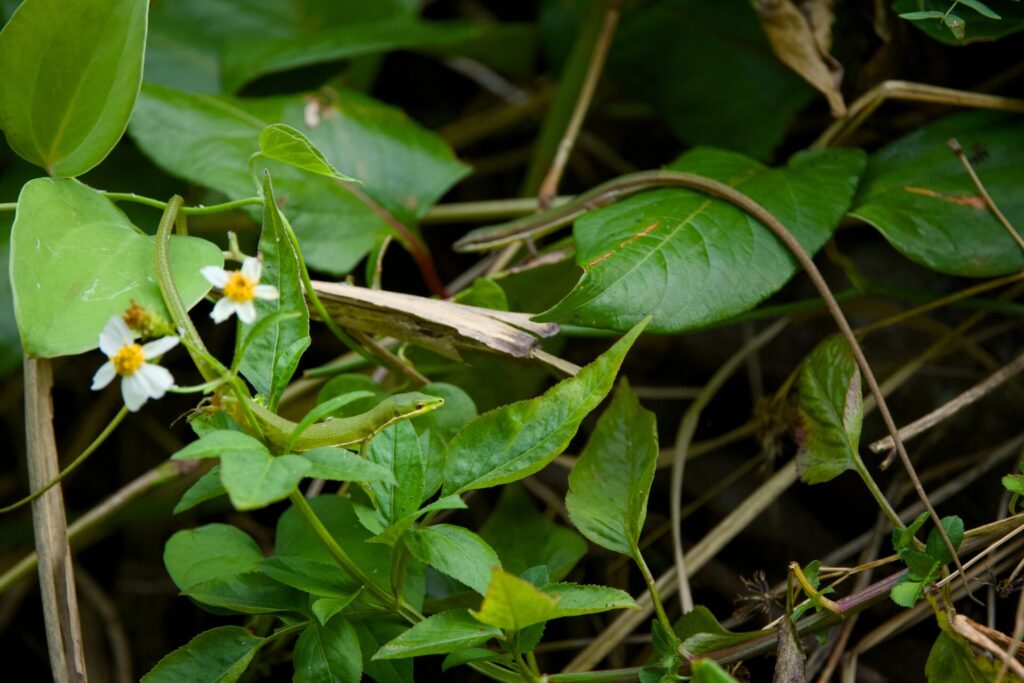
Takara stag beetle (Scientific name: Dorcus titanus takaraensis)
A subspecies of stag beetle endemic to Takara-jima. Encountering large males was fortunate, though handling is prohibited due to their rarity.
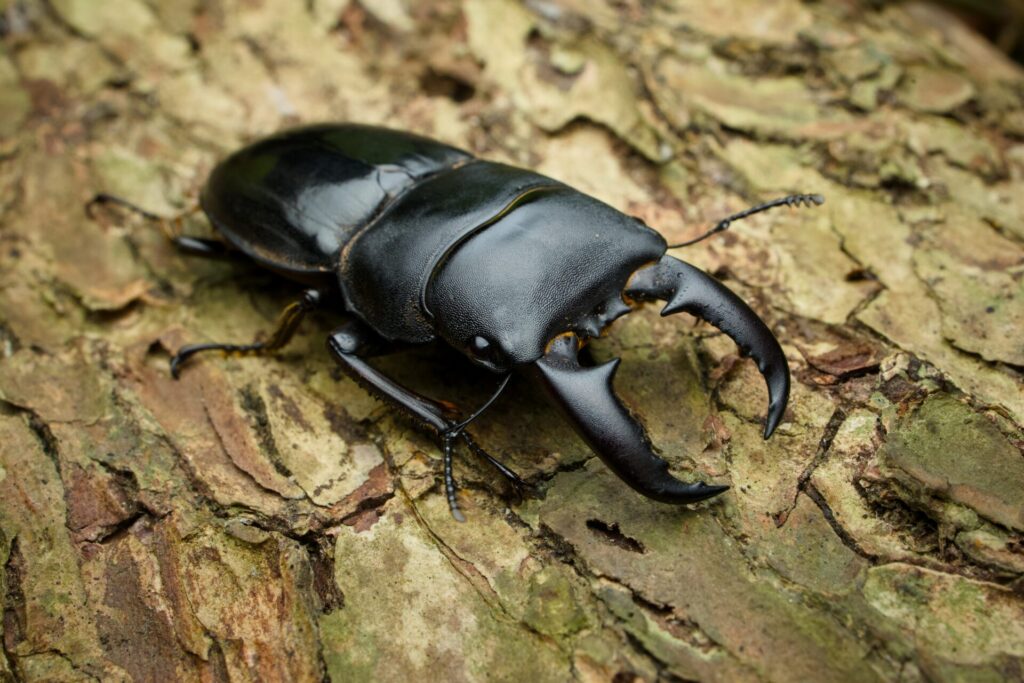
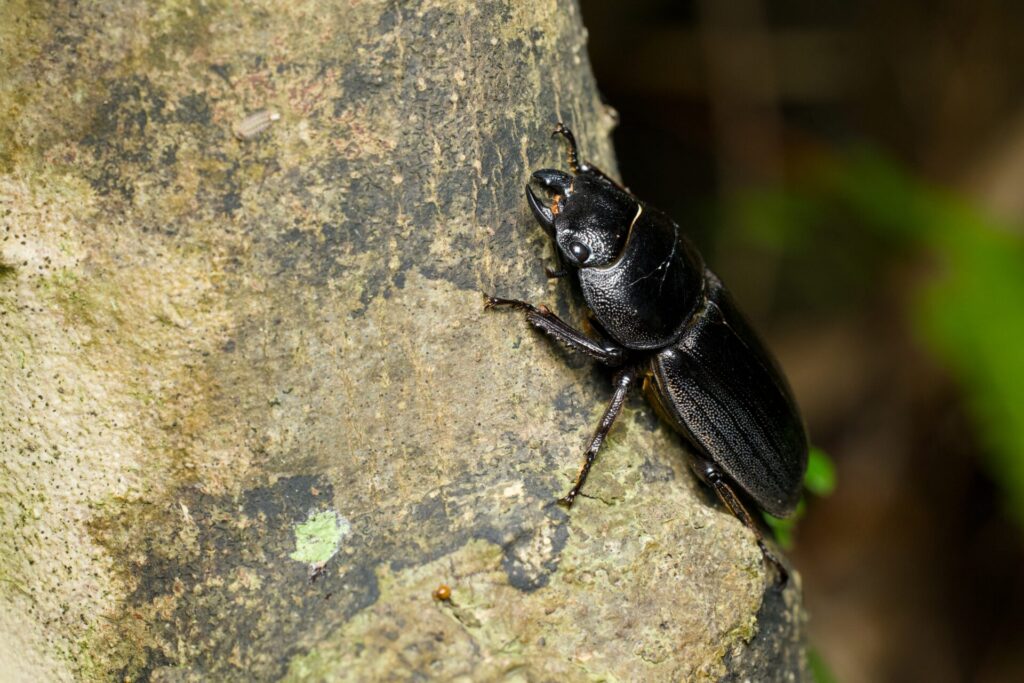
Japanese longhorn beetle (Scientific name: Anoplophora malasiaca)
A species familiar from childhood, several individuals were attracted to our accommodation lights at night.
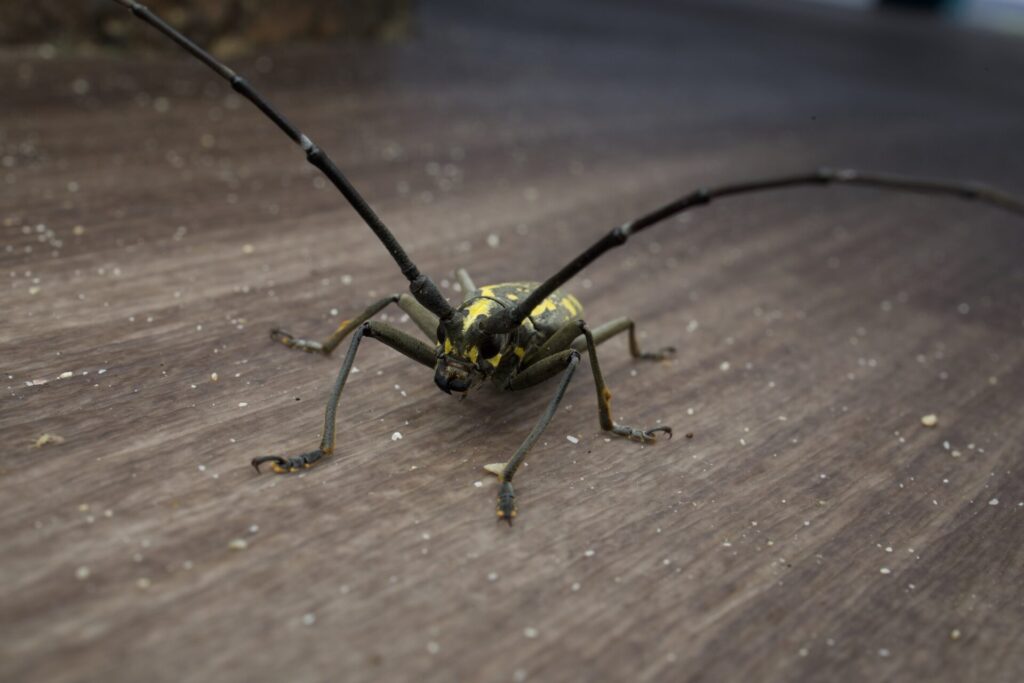
Pied avocet (Scientific name: Recurvirostra avosetta)
A rare bird with an upturned bill. Observations during feeding revealed its specialized technique of skimming the water surface, similar to individuals previously observed in Namibia, illustrating the species’ wide distribution.
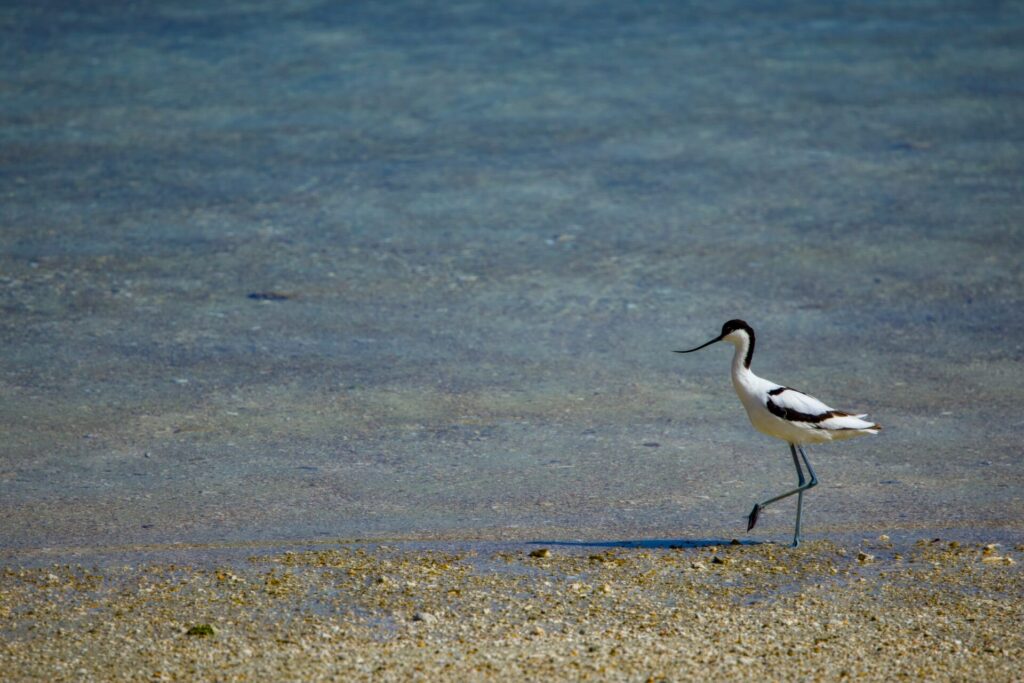
Pacific reef heron (Scientific name: Egretta sacra)
We observed the white morph of this heron on the island.
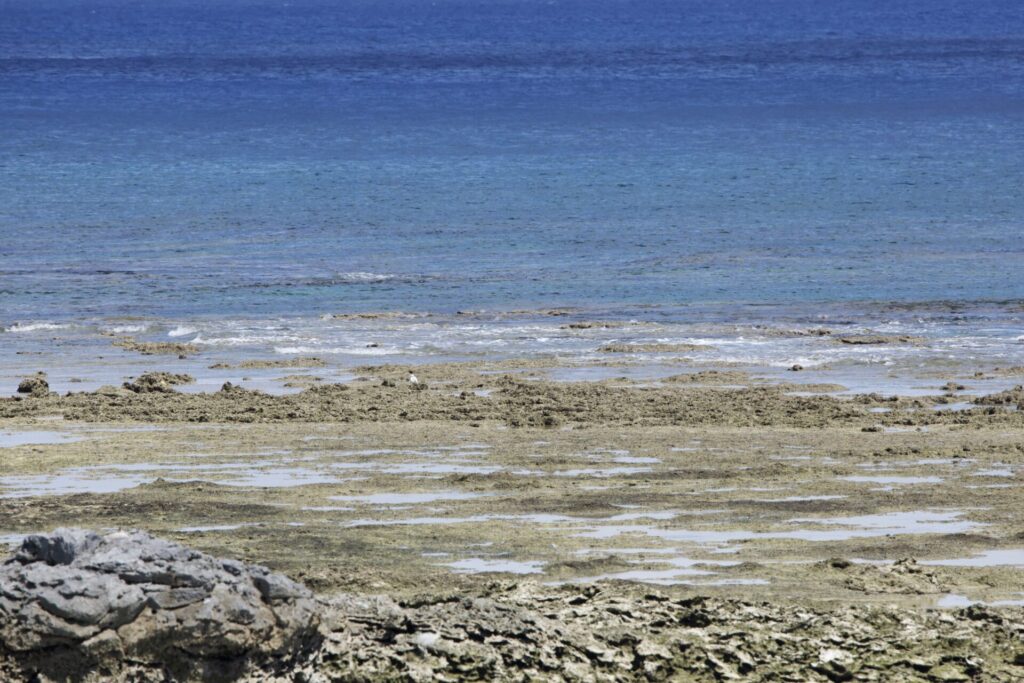
Summary
This survey provides a record of Takara-jima’s wildlife. Despite their extremely limited global distributions, endemic species were relatively easy to observe in the field. Nevertheless, the insular environment imposes a high risk of rapid population decline in response to habitat changes. It is imperative that the habitats supporting these endemic species are maintained to ensure their continued survival.

